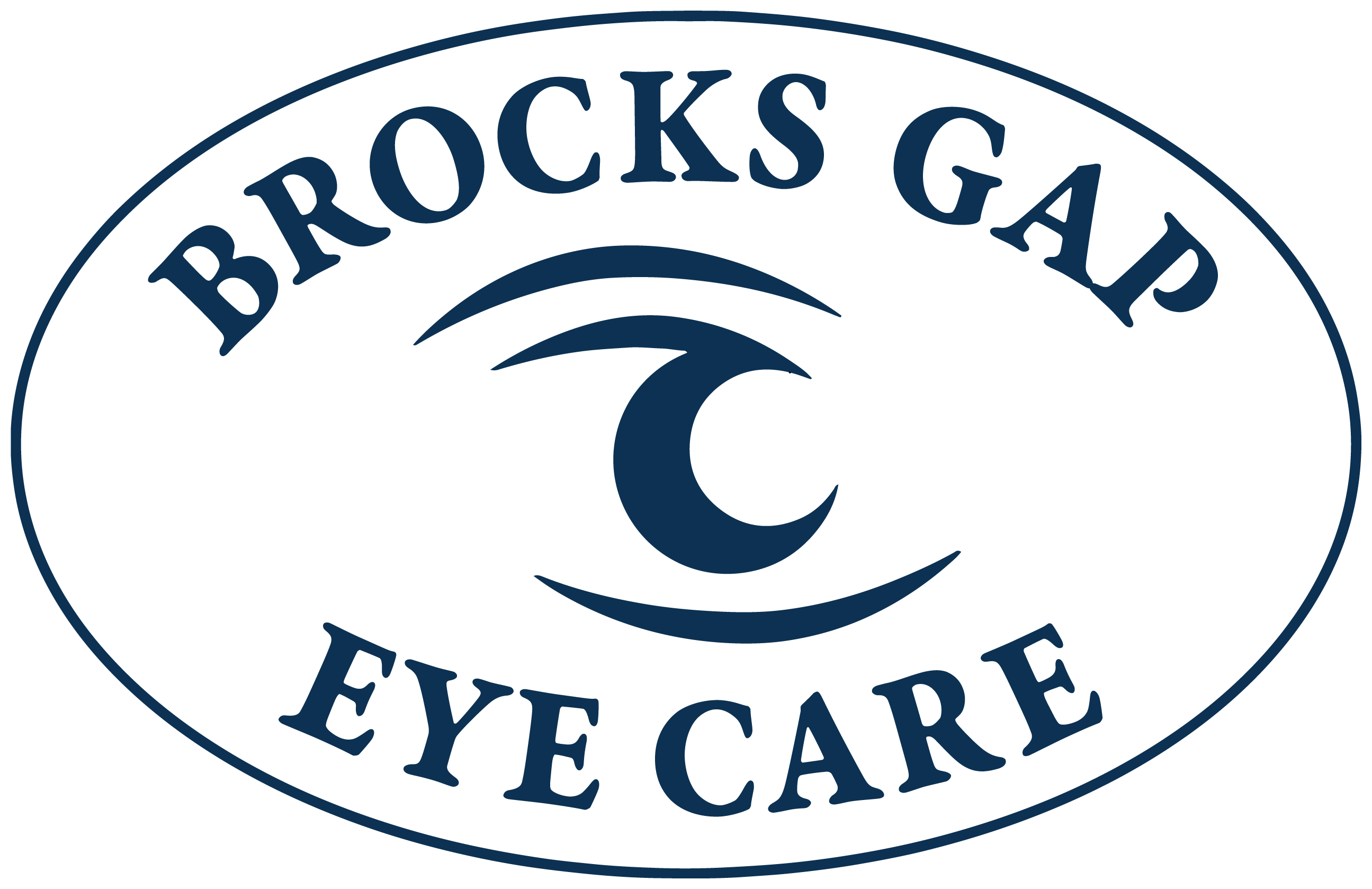Whether you are someone who thrives in the sun and cannot spend enough time basking in it or would rather hide out inside unless absolutely necessary, the necessity of sunglasses is universal. Not only are they stylish (an obvious bonus), but they also protect your eyes from the radiation emitted by the sun.
Ultraviolet (UV) light can harm the sensitive parts of your eyes, including the cornea, iris, lens, and retina. This damage can lead to permanent issues, including vision loss. In other words, safeguarding your eyes with sunglasses is a big deal. It is important to note that these harmful UV lights persist year-round, not just predominantly during the summer like many think. This means eye protection is essential at all times.
So, how do you select the right sunglasses for your face shape and needs? Find out below.
UV Protection
The most crucial characteristic to look for when selecting sunglasses is UV protection. This is, after all, the primary intention of such glasses—to keep the eyes safe from harmful sun radiation. When selecting your sunglasses, be sure to read the fine print, especially when it mentions UV blocking.
You should only invest in sunglasses that block 100% of UV rays, including UVA and UVB. If the glasses you like do not come close to achieving 100% blocking, start looking for another pair.
Face Fit
Sunglasses should fit you correctly to maximize the effectiveness of their UV blocking capabilities. Incorrect fit can expose your eyes and skin to radiation, potentially leading to avoidable health problems.
Also of consideration when addressing fit is style. You want your sunglasses to be effective in blocking harmful radiation but also stylish. To ensure proper fitment, it is prudent to consider the shape of your face and select sunglasses that complement your natural features.
Browline, cat eye, retro square, and sport sunglasses are best for those with heart-shaped faces. If your face is round, you may want to consider aviator, oversized, or square sunglasses. Oval faces are best suited for aviator, retro square, and round sunglasses, while those with square faces may gravitate toward aviator, browline, and round frames.
Lens Material
There are many materials used for sunglass lenses. Some fall on the high end of the price spectrum, while others tend to be less expensive. Often, it is difficult to discern between actual benefits and potential upsells, making your decision even more challenging.
While some material comparisons—glass versus plastic, for example—may make a legitimate difference in durability, the best way to determine which material is best for you is to consider your lifestyle and try on sunglasses that use various materials. Hands-on experience will give you a better idea of your preferences and inform your choice.
Polarized Lenses
One common conundrum sunglass buyers face is whether to opt for polarized lenses or not. Polarized lenses do have some advantages, especially if you live an active lifestyle. They can reduce the glare caused by the sun reflecting off snow, water, and other shiny materials.
On the other hand, they can inhibit your vision when using screens, including your computer, dashboard, or phone. At the end of the day, your choice will likely depend on your lifestyle and how you plan to use your new sunglasses.
When chosen correctly, sunglasses are the perfect blend of fashion and function. If you have preexisting eye problems or are determined to make the right selection for your long-term eye health, your eye doctor will gladly assist you in choosing the right sunglasses for your face shape and needs, so feel free to contact them and have a candid conversation before your next purchase.

Comments